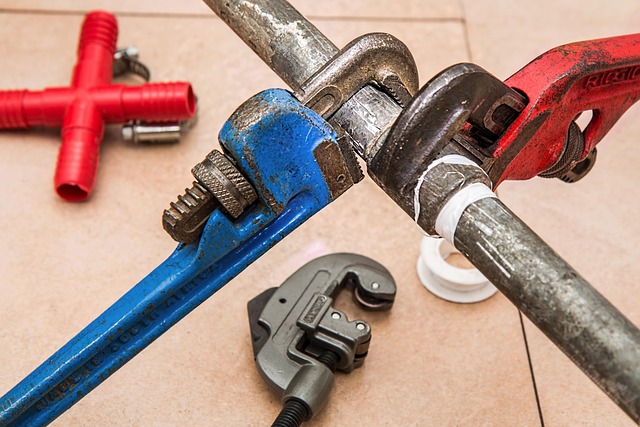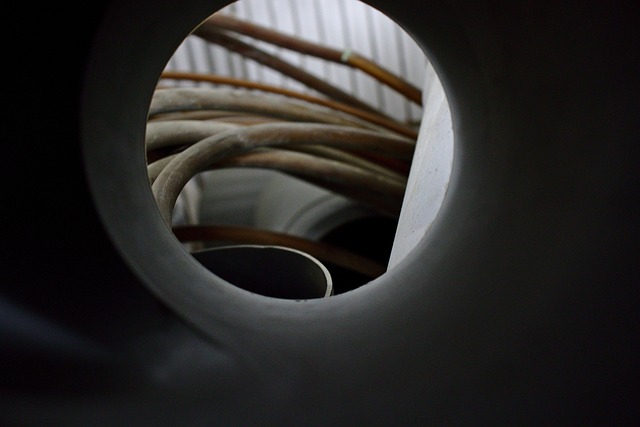Smart water detectors integrated into modern faucets with motion sensors offer significant advancements in bathroom technology, conserving water and energy through automated flow control and leak detection. These devices enhance convenience, hygiene, and safety, especially during health awareness periods, by enabling hands-free operation. Installation and maintenance guides emphasize security measures like shutting off the water supply, cleaning to prevent mineral buildup, battery replacement, and leak detection. While smart faucets provide significant benefits, they also raise privacy concerns and demand robust data protection and comprehensive safety features.
Discover the future of bathroom technology with smart water detectors, revolutionizing household hygiene. These innovative devices combine motion sensors with precise water flow control, offering unprecedented convenience and conservation. Understanding how they work, their benefits, and safety considerations, can transform your space into a modern oasis. From installation to maintenance, this guide covers all you need to know to embrace the efficiency and cleanliness of smart faucets.
- Understanding Smart Water Detectors: The Future of Bathroom Technology
- How Motion Sensors Work in Smart Faucets
- Benefits and Applications of Smart Water Detectors in Households
- Installation and Maintenance: A Step-by-Step Guide
- Safety and Privacy Considerations with Smart Faucet Technology
Understanding Smart Water Detectors: The Future of Bathroom Technology

Smart water detectors, integrated into modern faucets with motion sensors, represent a significant leap forward in bathroom technology. These advanced devices go beyond simple water flow control by monitoring usage patterns and detecting potential leaks or overflows. By using motion sensors, they can automatically turn on and off, conserving water and reducing energy consumption—a key benefit for environmentally conscious users.
In the context of smart homes, these detectors play a crucial role in enhancing convenience and security. They provide real-time data on water usage, allowing homeowners to track and manage their consumption effectively. Moreover, their leak detection capabilities can alert users to potential plumbing issues before they turn into costly damages, making them invaluable tools for maintaining a safe and efficient bathroom environment.
How Motion Sensors Work in Smart Faucets

Smart faucets equipped with motion sensors utilize advanced technology to detect the presence of hands or objects in their vicinity, enabling hands-free operation. These sensors work by emitting electromagnetic waves or utilizing infrared rays to scan the area around the faucet. When an object, such as a hand, breaks the sensor’s beam or enters the detection zone, the smart water detector responds by activating the faucet’s water flow.
The motion sensors in these faucets are designed to be highly sensitive and precise, ensuring that they only activate when necessary, saving water and preventing accidental triggers. This technology not only promotes hygiene by reducing contact with surfaces but also offers convenience, especially in busy public spaces or commercial settings where quick and efficient handwashing is crucial.
Benefits and Applications of Smart Water Detectors in Households

Smart water detectors, integrated with motion sensors, offer a multitude of benefits for households. Firstly, they enhance hygiene and safety by enabling hands-free operation, reducing contact with potentially contaminated surfaces during times of heightened health awareness. Secondly, these smart faucets automate water flow, conserving resources by eliminating unnecessary usage—a significant advantage in the fight against water wastage.
The applications are diverse. They cater to everyday needs by providing quick and clean access to water for tasks like handwashing, dishwashing, or even filling pets’ bowls. Moreover, they can be programmed to adjust water temperature settings, ensuring comfort and safety for all family members. In older homes with children or elderly occupants, these detectors add a layer of convenience and security by allowing easy access to water without the need for manual operation.
Installation and Maintenance: A Step-by-Step Guide

Installation and Maintenance: A Simple, Step-by-Step Guide
To install a smart faucet with motion sensors, start by preparing your workspace. Turn off the water supply to prevent any leaks during installation. Next, carefully remove the old faucet, saving any usable components for recycling or repurposing. Install the new smart faucet according to the manufacturer’s instructions, ensuring all parts are secure and sealed properly. Once installed, test the motion sensors from various angles to ensure accurate activation.
For maintenance, regular cleaning is key. Use mild soap and warm water to gently clean the faucet’s surface, removing any mineral deposits or fingerprints. Keep an eye on the battery life and replace them as recommended by the manufacturer. Additionally, periodically check for leaks at the base of the faucet and tighten any loose connections. By following these simple steps, you’ll enjoy the benefits of a smart water detector while ensuring your faucet remains in top condition.
Safety and Privacy Considerations with Smart Faucet Technology

The integration of smart faucet technology in modern bathrooms offers numerous conveniences, such as hands-free operation and automatic temperature control. However, it’s essential to consider safety and privacy implications when adopting this innovative feature. Smart water detectors, while enhancing hygiene by reducing contact with fixtures, introduce potential risks if not implemented correctly.
Privacy concerns arise from the data collected by these sensors, including usage patterns and the presence of individuals in the bathroom. Manufacturers must ensure robust data protection measures are in place to safeguard user privacy. Additionally, safety features should be comprehensive, addressing the risk of accidental water damage or scalding due to motion-activated controls. Proper design and testing are crucial to prevent accidents, especially in households with children or elderly members.
